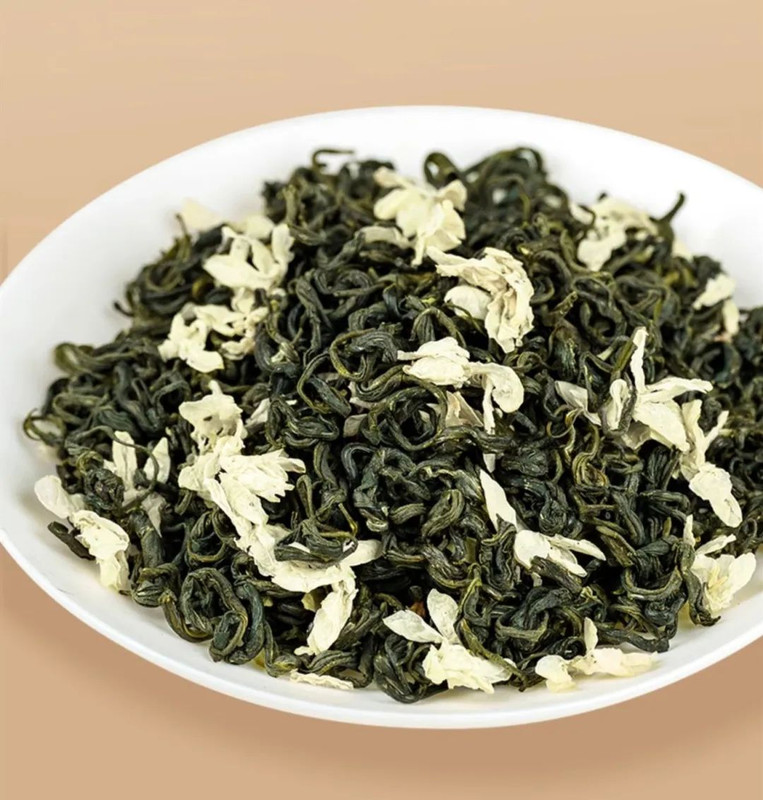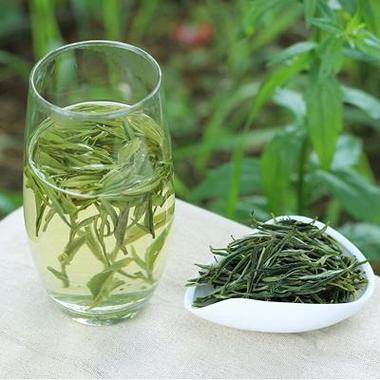If you’ve ever dined at a Chinese restaurant, chances are you’ve been served a steaming cup of hot tea—often fragrant, sometimes floral, and always free-flowing. But what exactly is that tea, and why is it so ubiquitous? Let’s break down the most common types, their cultural significance, and why they pair perfectly with Chinese cuisine.

1. The Star of the Pot: Jasmine Tea (茉莉茶, Mòlì Chá)
The tea you’ll find most often in Chinese restaurants is jasmine-scented green tea, or jasmine tea for short. Here’s why it dominates:
- Flavor Profile: Light, floral, and aromatic. The tea leaves are blended with jasmine flowers, creating a refreshing taste that balances rich, oily dishes.
- Cultural Background: Jasmine tea has been popular in China for over 1,000 years, especially in the Fujian province. Its scent was favored by imperial courts during the Qing Dynasty and remains a symbol of hospitality.
- Practicality: It’s affordable, easy to brew in large quantities, and its fragrance cuts through the bold flavors of dishes like fried rice or General Tso’s chicken.
2. Other Common Teas
While jasmine tea reigns supreme, other varieties may appear depending on the restaurant’s style:
- Pu’er Tea (普洱茶, Pǔ’ěr Chá): Often served in higher-end establishments, this fermented tea has a deep, earthy flavor and is believed to aid digestion—ideal after a heavy meal.
- Oolong Tea (乌龙茶, Wūlóng Chá): Partially fermented, it offers a complex taste profile (fruity, nutty, or floral) and is prized for its ability to “cleanse the palate.”
- Chrysanthemum Tea (菊花茶, Júhuā Chá): A herbal infusion popular in dim sum restaurants. It’s caffeine-free, slightly sweet, and traditionally seen as cooling for the body.
3. Why Hot Tea?
Chinese restaurants almost always serve tea hot and free-refillable. This isn’t just about cost-efficiency—it’s rooted in cultural norms:
- Hospitality: Offering tea is a gesture of welcome. In China, declining tea from a host is considered impolite.
- Digestive Aid: Hot tea is believed to help break down oily food and soothe the stomach.
- Mindfulness: Sipping tea slowly encourages conversation and relaxation, aligning with Chinese dining etiquette.
4. Tea in High-End vs. Casual Restaurants
The tea experience varies by restaurant tier:
- Casual Eateries: Typically use jasmine tea bags or pre-blended tea leaves. It’s functional, consistent, and cost-effective.
- Upscale Restaurants: May offer loose-leaf teas (like premium jasmine, Longjing, or Tie Guan Yin) or even a tea sommelier to guide selections. Pu’er or aged oolong might be served in fancy teapots for a ritualistic touch.
5. Health Benefits
Beyond tradition, these teas offer perks:
- Antioxidants: Green and oolong teas are rich in polyphenols, which fight inflammation.
- Digestion: Jasmine and Pu’er are thought to ease bloating after greasy meals.
- Hydration: Herbal teas like chrysanthemum help balance sodium intake from soy sauce-heavy dishes.
How to Enjoy It
- Sip Slowly: Let the tea cool slightly to savor its flavor.
- Pair Mindfully: Jasmine tea complements spicy Szechuan dishes, while Pu’er pairs well with dim sum.
- Ask Questions: In nicer restaurants, don’t hesitate to ask about the tea’s origin or brewing method.

